A hand saw is used for cutting wood and other materials by hand, providing precision and control. A hand saw is a versatile tool that has been used for centuries to cut through various materials such as wood, plastic, and metal.
With a sharp blade and a handle to grip, a hand saw allows for accurate cutting and shaping of materials. This tool is commonly used in woodworking projects, carpentry, and DIY tasks, allowing for clean and precise cuts without the need for power tools.
Whether it’s trimming, sawing, or making intricate designs, the hand saw is an essential tool for any craftsman or homeowner looking to tackle small to medium-sized cutting projects.
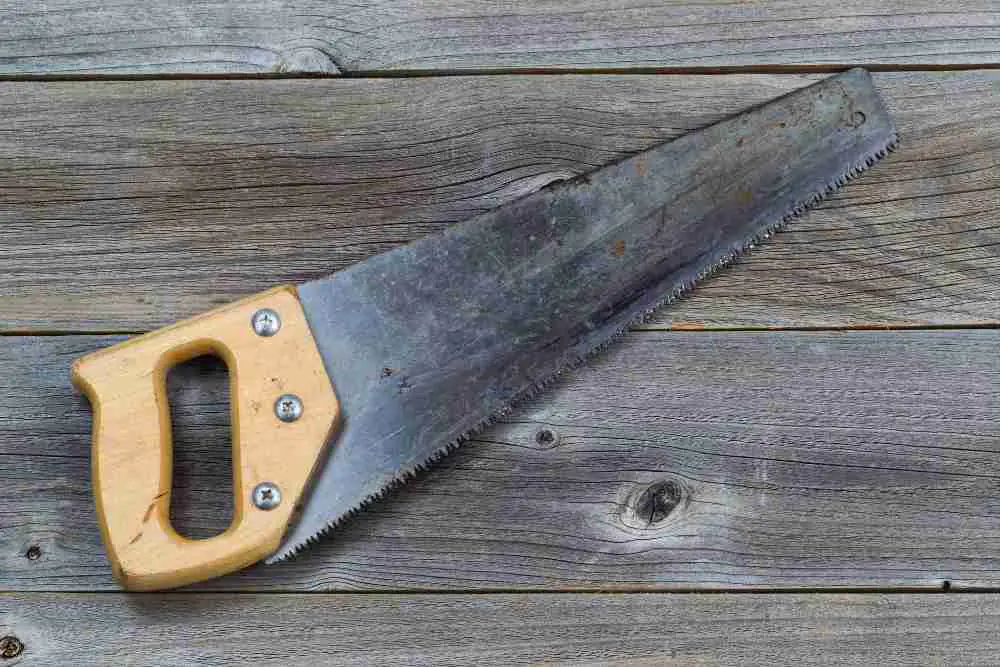
What Is A Hand Saw Used For?
Hand saws are versatile tools that serve different purposes. One type of hand saw is the crosscut saw, which is designed to cut across the grain of wood. Another type is the rip cut saw, which is used to cut along the grain of wood.
And then there’s the hack saw, which is commonly used for cutting metal. Each type of hand saw has its own unique tooth configuration, blade length, and handle design to accommodate specific cutting tasks. Whether you’re a carpenter, DIY enthusiast, or simply need to make precise cuts, knowing the different types of hand saws and their uses is essential.
So, next time you’re taking on a woodworking or metalworking project, choosing the right hand saw will ensure accurate and efficient cutting.
Crosscut Saw
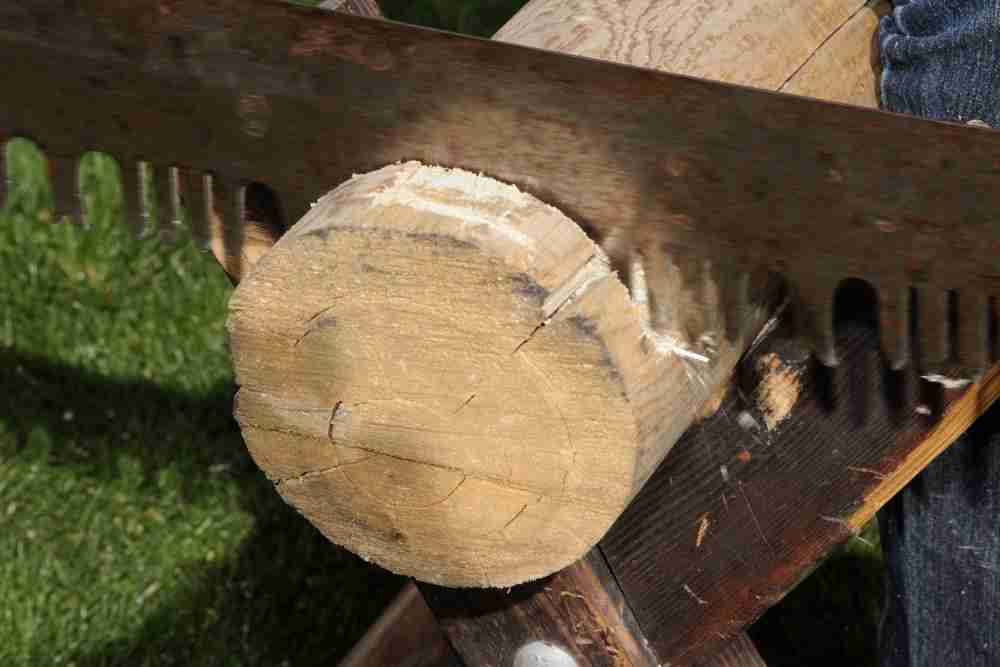
A crosscut saw is a type of hand saw that is used for cutting across the grain of wood. It is characterized by its design, featuring a series of sharp teeth that are set alternately to the left and right.
This allows the saw to make clean, precise cuts without tearing or splintering the wood. Crosscut saws are commonly used in woodworking and construction projects, as they are ideal for cutting small to medium-sized pieces of lumber.
They can be used to cut studs, beams, or boards to length, as well as for trimming and shaping wood.
With their versatile design and functionality, crosscut saws are an essential tool for any DIY enthusiast or professional carpenter.
Rip Cut Saw
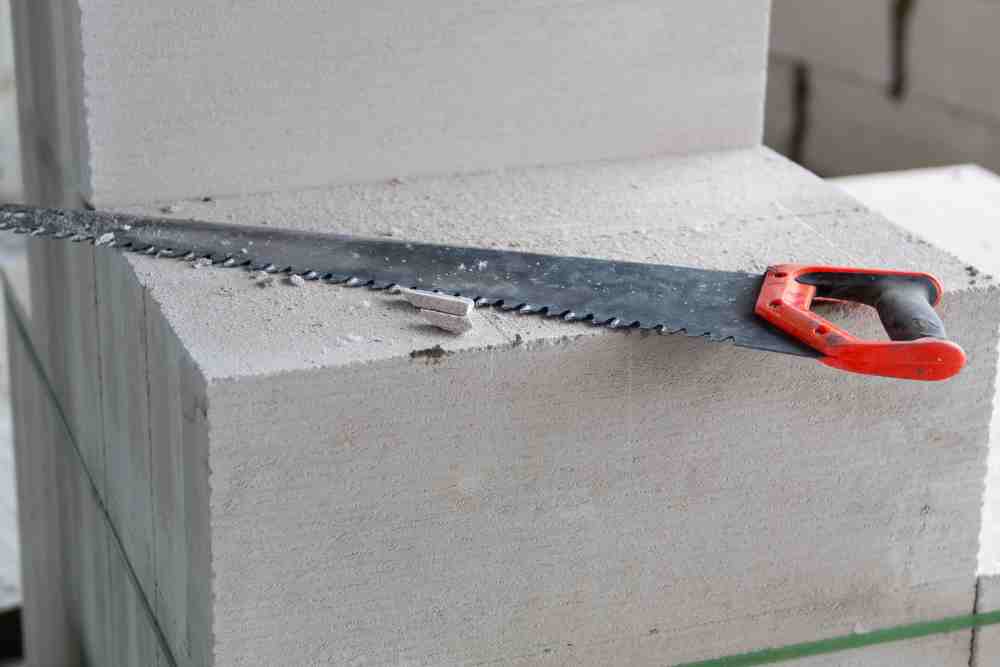
A rip cut saw is a type of hand saw specifically designed for making long, straight cuts parallel to the wood grain. Its primary function is to cut boards lengthwise, providing clean and accurate results.
Rip cut saws feature a distinct tooth design with larger, widely spaced teeth, which helps remove wood quickly during the cutting process.
They also have a narrow blade to minimize the amount of friction and resistance. This type of saw is commonly used in woodworking and carpentry projects where straight cuts are required, such as when ripping boards to size or making joints.
The sharp and aggressive teeth of the rip cut saw allow for efficient cutting through various types of wood, making it a valuable tool in any workshop or job site.
Hack Saw
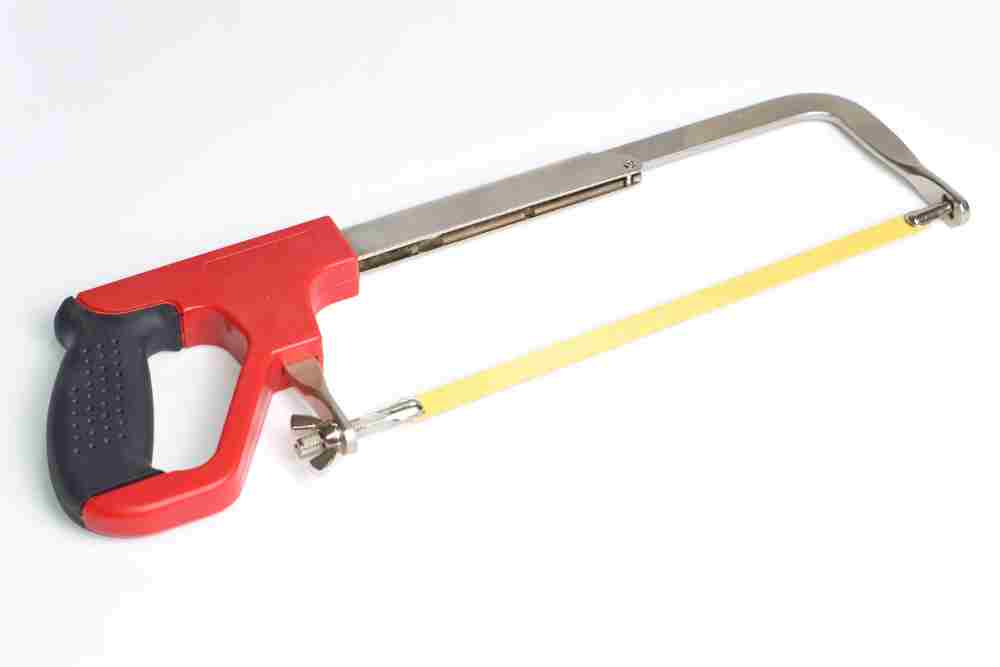
A hack saw is a type of hand saw with a fine toothed blade that is used for cutting various materials, such as metal and plastic. Its design typically includes a handle and a frame that holds the blade in place.
The teeth on the blade are set in a way that allows for efficient cutting with minimal effort. Hack saws are commonly used in woodworking, metalworking, and construction projects.
They are versatile tools that can make straight and curved cuts, and are often used for tasks such as cutting pipes, rods, and bars.
The compact size of a hack saw makes it easy to maneuver in tight spaces, making it a popular choice for DIY enthusiasts and professionals alike.
Whether you’re working on a home improvement project or a professional job, a hack saw is a valuable tool to have in your toolbox.
Choosing The Right Hand Saw
A hand saw is a versatile tool used for various cutting tasks, both in woodworking and construction. When choosing the right hand saw, there are a few considerations to keep in mind. Firstly, understanding the teeth per inch (TPI) is crucial.
TPI determines the saw’s cutting speed and smoothness. Different TPIs are suitable for different materials. Matching the saw to the job is equally important. For example, a crosscut saw is ideal for cutting across the wood grain, while a rip saw is designed for cutting with the grain.
Assessing the type and thickness of the material being worked on will help in making the right choice. Taking these factors into account will ensure that you select the most appropriate hand saw for your specific needs.
Considerations For Choosing
A hand saw is a versatile tool used in various woodworking projects, making it essential for DIY enthusiasts and professionals alike. When choosing a hand saw, there are several considerations to keep in mind. The type of wood you are working with plays a crucial role in selecting the appropriate saw.
Some woods are harder or denser than others, requiring a specific saw with the right tooth pattern and size. Another factor to consider is the size of your project. Smaller projects may need a compact saw, while larger projects might require a longer, more robust saw.
Finally, your skill level also impacts your choice. Beginners may benefit from a saw with finer teeth and easier maneuverability, while experienced woodworkers may prefer saws designed for precision and efficiency. By carefully considering these factors, you can ensure that you choose the right hand saw for your specific needs.
Understanding Teeth Per Inch (Tpi)
A hand saw is a versatile tool used for cutting different materials. The teeth per inch (TPI) is an important aspect to understand when using a hand saw. TPI refers to the number of teeth found on one inch of the saw’s blade.
The purpose of TPI is to determine the type of cut it can make. Different TPI ranges are suited for specific applications. The higher the TPI, the finer and smoother the cut will be, making it suitable for delicate work like woodworking.
Conversely, a lower TPI is better for rough cuts, such as cutting through thicker materials like branches or logs. By understanding TPI, you can determine the right hand saw for your specific cutting needs.
It’s important to note that the TPI also affects the quality of the cut, so selecting the appropriate TPI is essential for achieving clean and precise results.
Matching The Saw To The Job
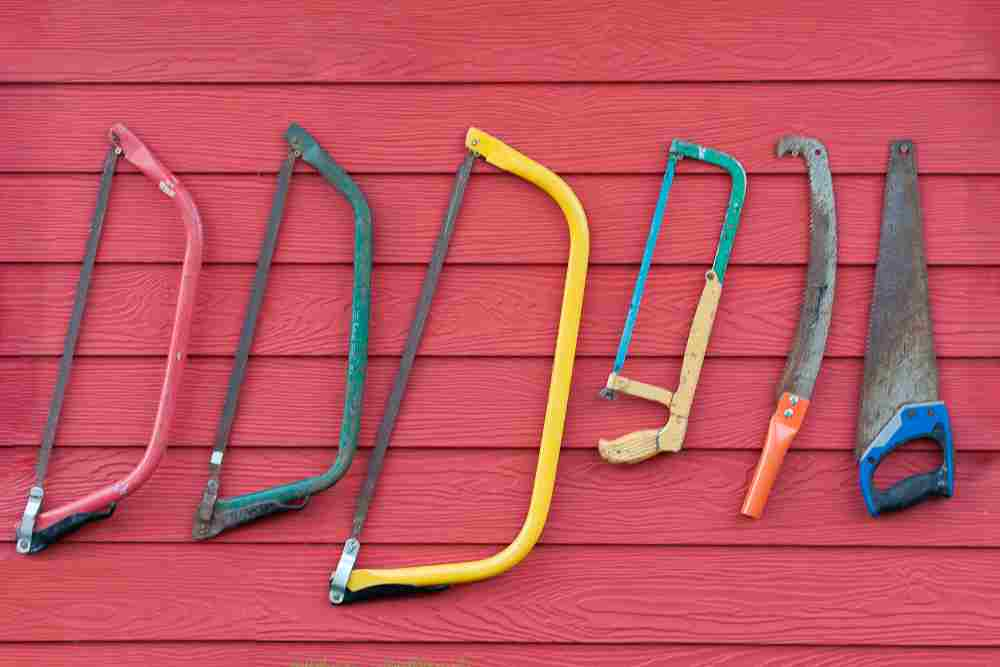
A hand saw is a versatile tool that is used for various cutting tasks. When selecting a hand saw, it is essential to match the saw to the job at hand. For instance, there are different types of hand saws designed for specific cutting procedures.
One of the main considerations is whether you need a crosscut or rip cut saw. A crosscut saw is ideal for cutting across the grain of the wood, while a rip cut saw is used for cutting along the grain.
Another aspect to consider is the blade length. The length of the saw blade affects the cutting capacity and the types of materials you can work with. Additionally, the material of the saw itself is an important factor to consider.
Hand saws are typically made from steel, which provides durability and strength. Remember to choose the appropriate hand saw that matches your cutting needs for optimal results.
Proper Hand Saw Techniques
A hand saw is a versatile tool used for various cutting tasks in woodworking and carpentry. Proper hand saw techniques are essential for achieving accurate and efficient cuts. When gripping the saw, ensure a firm yet comfortable hold to maintain control.
Initiating the cut requires positioning the saw along the desired line and applying gentle pressure. Attention to detail is crucial to maintain accuracy throughout the cut. By maintaining control and accuracy, you can achieve clean and precise cuts with a hand saw.
Remember to practice proper hand saw techniques to optimize your woodworking and carpentry projects.
Gripping The Saw
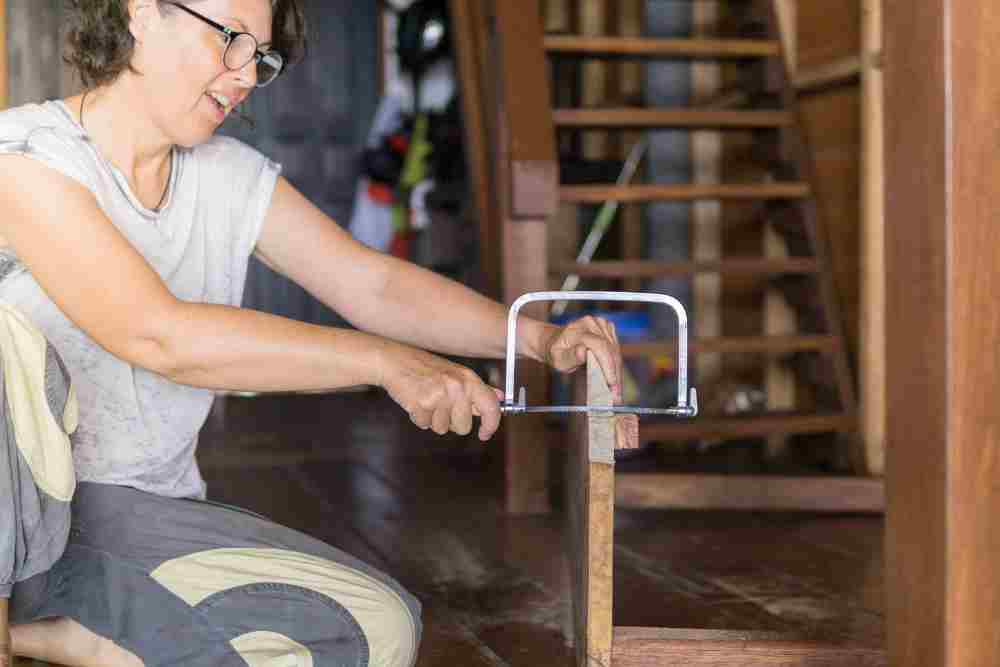
A hand saw is a versatile tool used for cutting through wood and other materials. When gripping the saw, proper hand placement is crucial for comfortable and efficient use. To establish a comfortable grip, hold the handle firmly with your dominant hand, ensuring a secure hold while allowing for maneuverability.
The other hand should be placed near the blade to support and guide the saw. Applying the right amount of pressure is also important. Too much force can hinder control, while too little may result in inefficient cutting. Find a balance that allows for smooth, accurate cuts.
With the right grip and pressure, a hand saw can be a valuable tool for woodworking and other projects.
Starting The Cut
A hand saw is a versatile tool used for various cutting tasks. When starting a cut, it is crucial to mark the cutting line accurately. This ensures precision and guides the saw along the desired path. Another important factor to consider is the angle of the saw.
Positioning the saw at the right angle ensures a smooth and efficient cut. To begin the cut, apply initial pressure on the saw, allowing the teeth to make contact with the material. This helps in initiating the cut and maintaining control throughout the process.
Remember, a hand saw can be a powerful tool when used correctly, making it essential to understand its purpose and technique. Mastering the art of using a hand saw opens up possibilities for various woodworking and DIY projects.
Maintaining Control And Accuracy
A hand saw is a versatile tool used for various cutting purposes. When using a hand saw, it is important to focus on maintaining control and accuracy. This can be achieved by ensuring steady and consistent movements throughout the cutting process.
Binding should be avoided at all costs as it can hinder the smoothness of the cuts. Additionally, proper blade alignment is crucial to ensure precise and clean cuts. By following these guidelines, you can make the most out of your hand saw and achieve the desired results in your projects.
Remember, practice and attention to detail are key to mastering the use of a hand saw effectively.
FAQs
What Is The Purpose Of A Hand Saw?
A hand saw is used to cut through wood and other materials with precision and control.
What Can A Hand Saw Cut?
A hand saw can cut through wood, plastic, drywall, and some metals.
When Should You Use A Hand Saw Instead Of A Power Saw?
Hand saws are suitable for smaller, precise cuts where power saws may be too bulky or overpowering.
